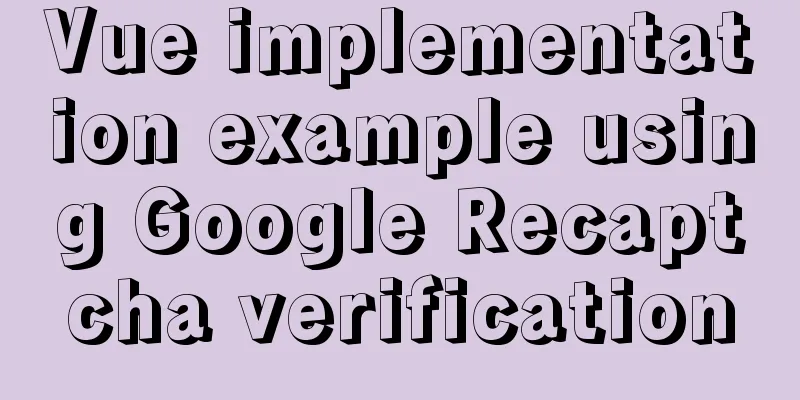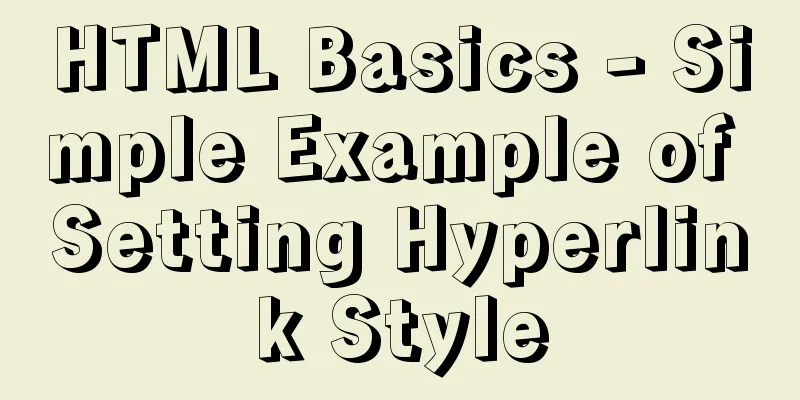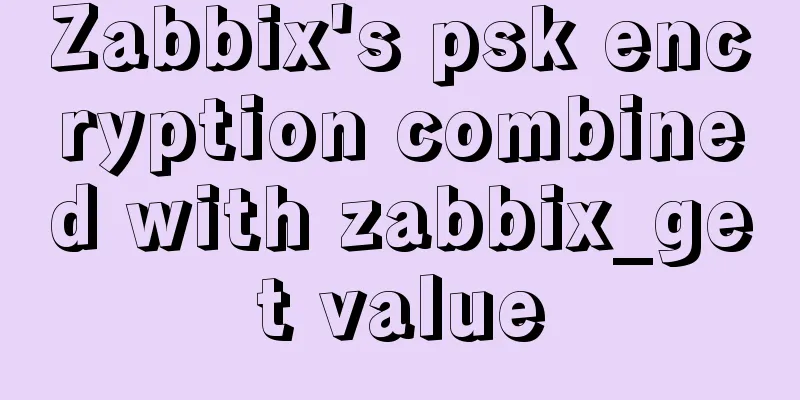Vue implementation example using Google Recaptcha verification

|
In our recent project, we need to use Google robot verification. The most important thing for this is to have a VPN, and we also need a Google account applied for by the company (it is useless to apply for it yourself) for commercial use. Use this account to apply for a secret key, and then once you have the secret key, you can do it. 1. First of all, it is the Google robot verification component that I encapsulated:
<template>
<div ref="grecaptcha">
</div>
<!-- <div id="robot"></div> -->
</template>
<script src="http://www.recaptcha.net/recaptcha/api.js?οnlοad=ReCaptchaLoaded&render=explicit&hl=en" async defer></script>
<script>
export default {
props: ["sitekey"], // The secret key to be transferred mounted() {
window.ReCaptchaLoaded = this.loaded;
var script = document.createElement("script");
script.src =
"https://recaptcha.net/recaptcha/api.js?οnlοad=ReCaptchaLoaded&render=explicit";
document.head.appendChild(script);
},
methods: {
loaded() {
window.grecaptcha.render(this.$refs.grecaptcha, {
sitekey: this.sitekey,
/**
* res returns the verification status of Google.
* Return string if successful * No string is returned if failed * So the verification status is determined based on the string */
callback: res => {// true - validation successful// false - validation failedres.length > 0 ? this.$emit("getValidateCode", false) : his.$emit("getValidateCode", true)
}
});
// grecaptcha.render('robot', {
// sitekey: this.sitekey,
// /**
// * res returns the verification status of Google.
// * Return string if successful// * Do not return string if failed// * So judge the verification status based on the string// */
// theme: 'light', // theme color, light and dark are available // size: 'normal', // size rule, normal and compact are available // callback: res => {
// res.length > 0 ? this.$emit("getValidateCode", true) : this.$emit("getValidateCode", false)
// // true - authentication succeeded // false - authentication failed // }
// });
}
},
};
</script>
<style>
</style>
2. Use where needed:
<template>
<div>
<div class="home-content">
<div class="home-content-img">
<!-- <div class="home-content-imgtop"> -->
<img src="../../assets/image/202010_JP NIGHT Store Promotional Materials.002.png" alt="">
<img src="../../assets/image/202010_JP NIGHT Store Promotional Materials.003.png" alt="">
<!-- </div> -->
<!-- <div class="home-content-imgbottom"> -->
<img src="../../assets/image/202010_JP NIGHT Store Promotional Materials.004.png" alt="">
<img src="../../assets/image/202010_JP NIGHT Store Promotional Materials.005.png" alt="">
<!-- </div> -->
</div>
<div class="home-content-bottom">
<p> <a href="http://www.jp-night.com/terms.html" rel="external nofollow" >Terms of Use</a> and <a href="http://www.jp-night.com/privacy.html" rel="external nofollow" >Privacy Policy</a> Please agree to this.</p>
<div class="content-google">
<google-recaptcha ref="recaptcha" :sitekey="key" @getValidateCode='getValidateCode' v-model="validateCode"></google-recaptcha>
</div>
<div class="login">
<button :class="isNext ?'login-botton-background':'login-botton'" :disabled="isNext" @click="login()">Shop announcement</button>
</div>
</div>
</div>
</div>
</template>
<script>
import GoogleRecaptcha from '../../common/module/GoogleRecaptcha'
export default {
data() {
var checkCode = (rule, value, callback) => {
if (value == false) {
callback(new Error('Please perform human-machine verification'));
} else {
callback();
}
};
return {
key: '6Ld9xxgaAAAAAI4xn7seMCmqbxIpVsJ_dwrZu9z1',
validateCode: false,
isNext:false
};
},
created(){
},
mounted(){
},
components:{
Google Recaptcha
},
methods:{
login(){
sessionStorage.setItem('token',true)
this.$router.push({
path: "/shops",
query: { out: true }
})
},
getValidateCode(value) {
console.log(value);
this.isNext = value
},
}
};
</script>
<style lang="scss" scoped>
@import "./css/pc.css";
@import "./css/ipad.css";
@import "./css/phone.css";
#rc-anchor-container {
width: 335px;
}
</style>
3. That’s it, the Google robot is ready to use. Schematic diagram:
This is the end of this article about the implementation example of vue using Google Recaptcha verification. For more relevant vue Google Recaptcha verification content, please search 123WORDPRESS.COM's previous articles or continue to browse the following related articles. I hope everyone will support 123WORDPRESS.COM in the future! You may also be interested in:
|
<<: Summary of basic knowledge and operations of MySQL database
>>: Use nginx + secondary domain name + https support
Recommend
Cross-browser local storage Ⅰ
Original text: http://www.planabc.net/2008/08/05/...
js realizes the function of clicking to switch cards
This article example shares the specific code of ...
Meta declaration annotation steps
Meta declaration annotation steps: 1. Sort out all...
The principle and direction of JavaScript this
How to determine what this points to? ①When calle...
The design process of Alibaba's Mid-Autumn Festival logo combined with the website
<br />First think of the idea, then draw a s...
MySQL 8.0.11 Installation Guide for Mac
MAC installs mysql8.0, the specific contents are ...
Complete steps to solve 403 forbidden in Nginx
The webpage displays 403 Forbidden Nginx (yum ins...
TypeScript uses vscode to monitor the code compilation process
Install Install ts command globally npm install -...
Vue.js application performance optimization analysis + solution
Table of contents 1. Introduction 2. Why do we ne...
How to implement Linux disk mounting, partitioning, and capacity expansion operations
Basic Concepts Before operation, you must first u...
Mini Program Recording Function Implementation
Preface In the process of developing a mini progr...
Detailed explanation of the code for querying data of a certain day, month, or year in MySQL
today select * from table name where to_days(time...
Vue based on Element button permission implementation solution
Background requirements: The ERP system needs to ...
About the implementation of JavaScript carousel
Today is another very practical case. Just hearin...
Markup Language - Phrase Elements
Click here to return to the 123WORDPRESS.COM HTML ...










